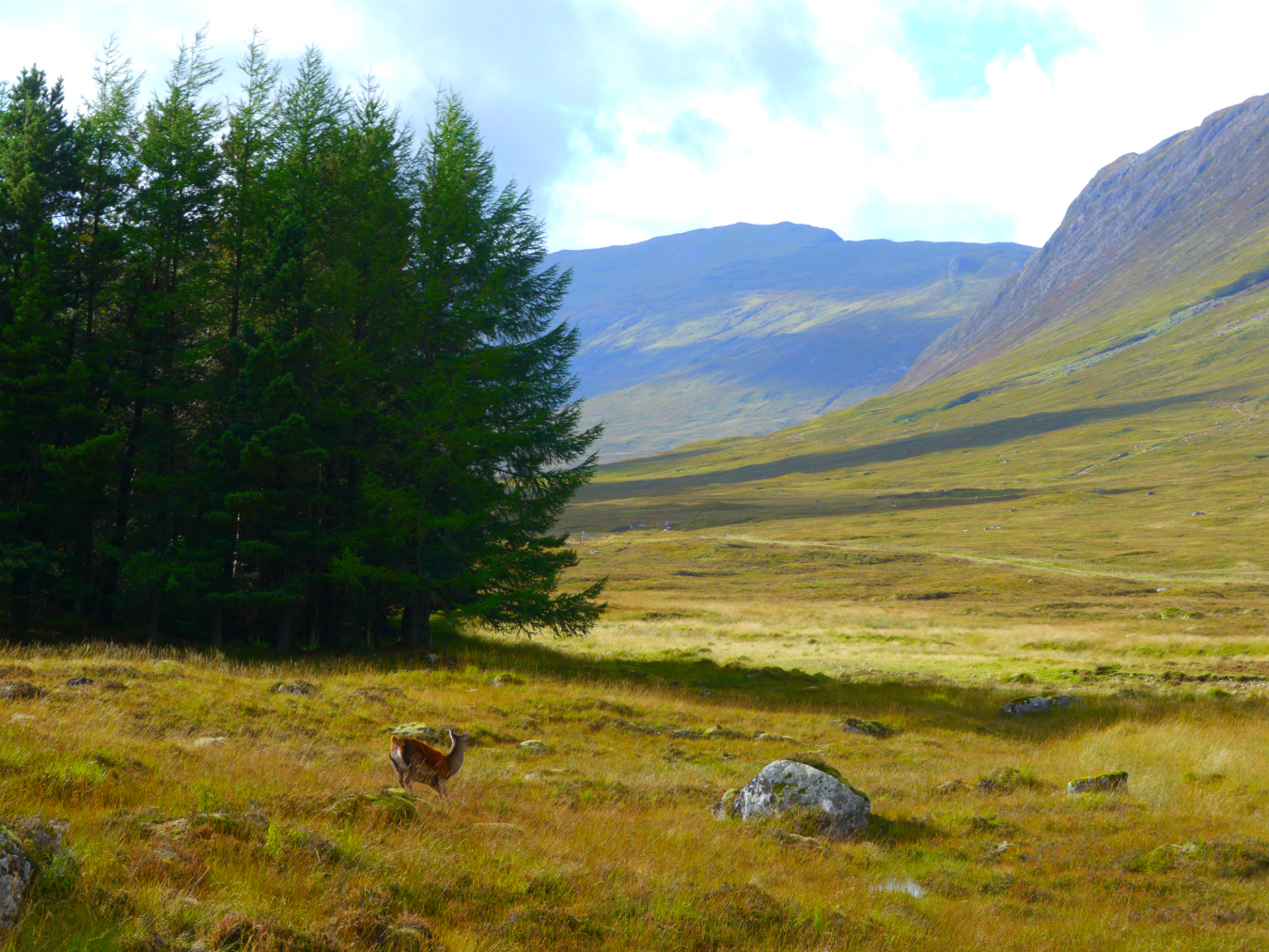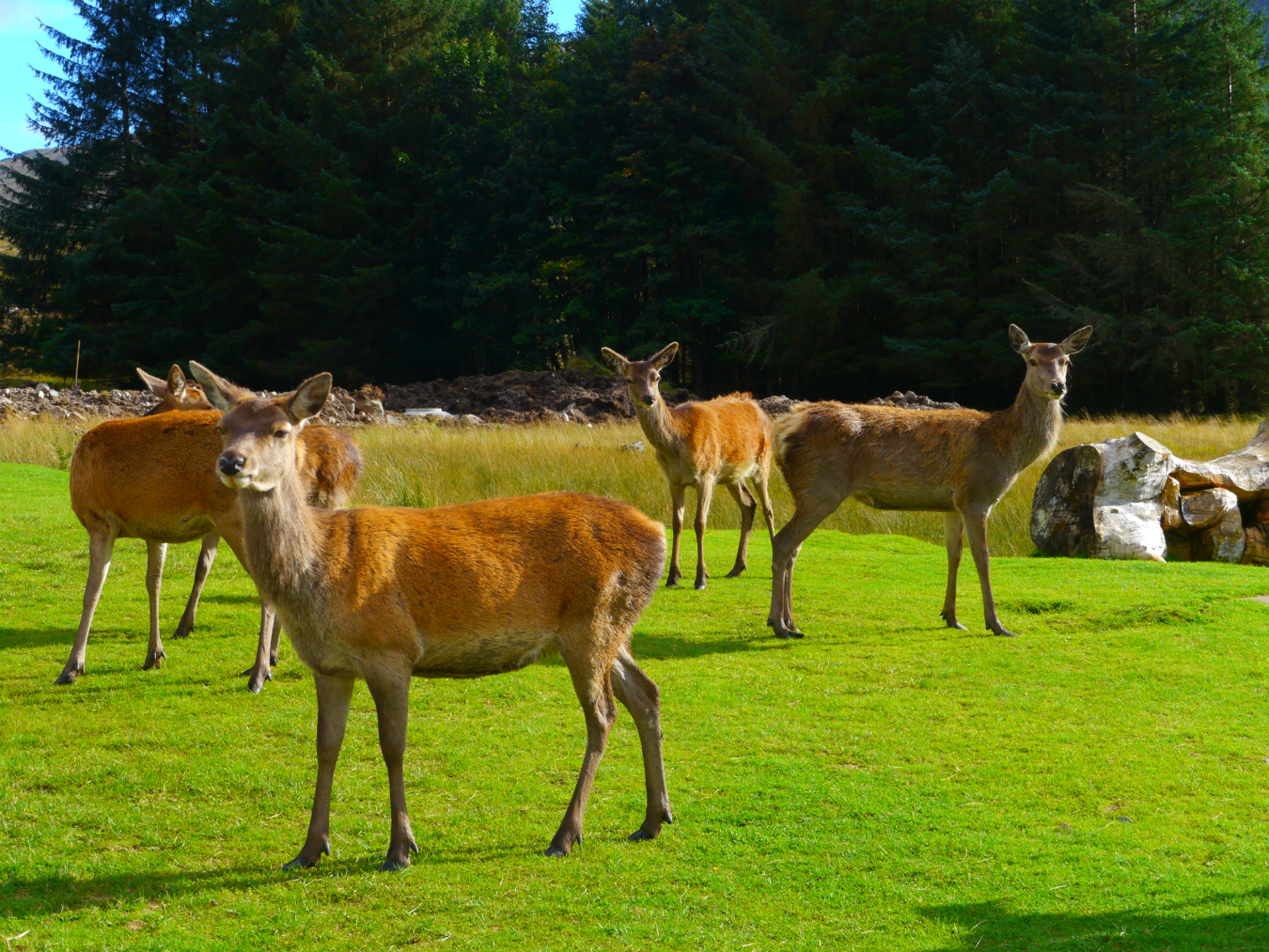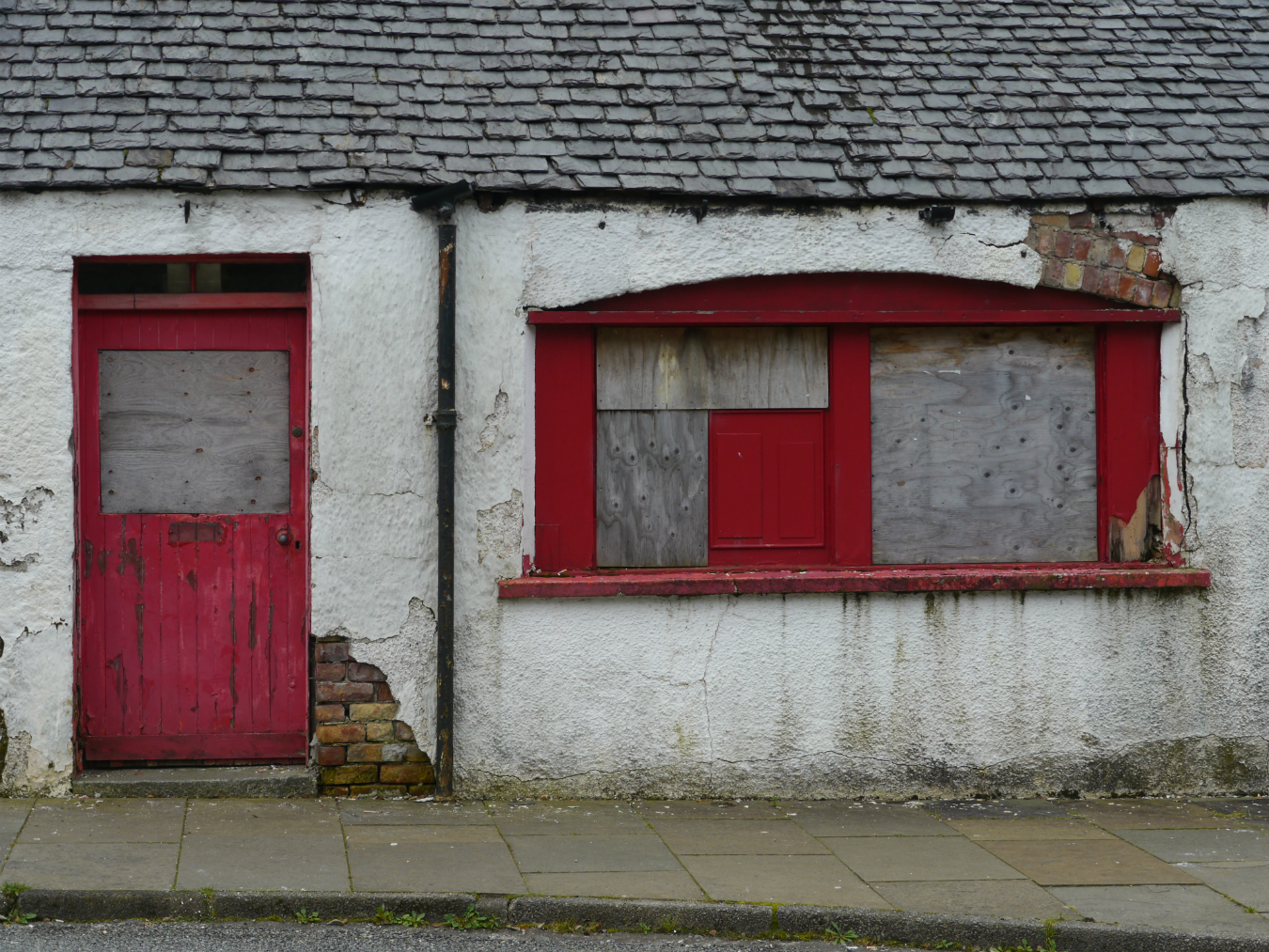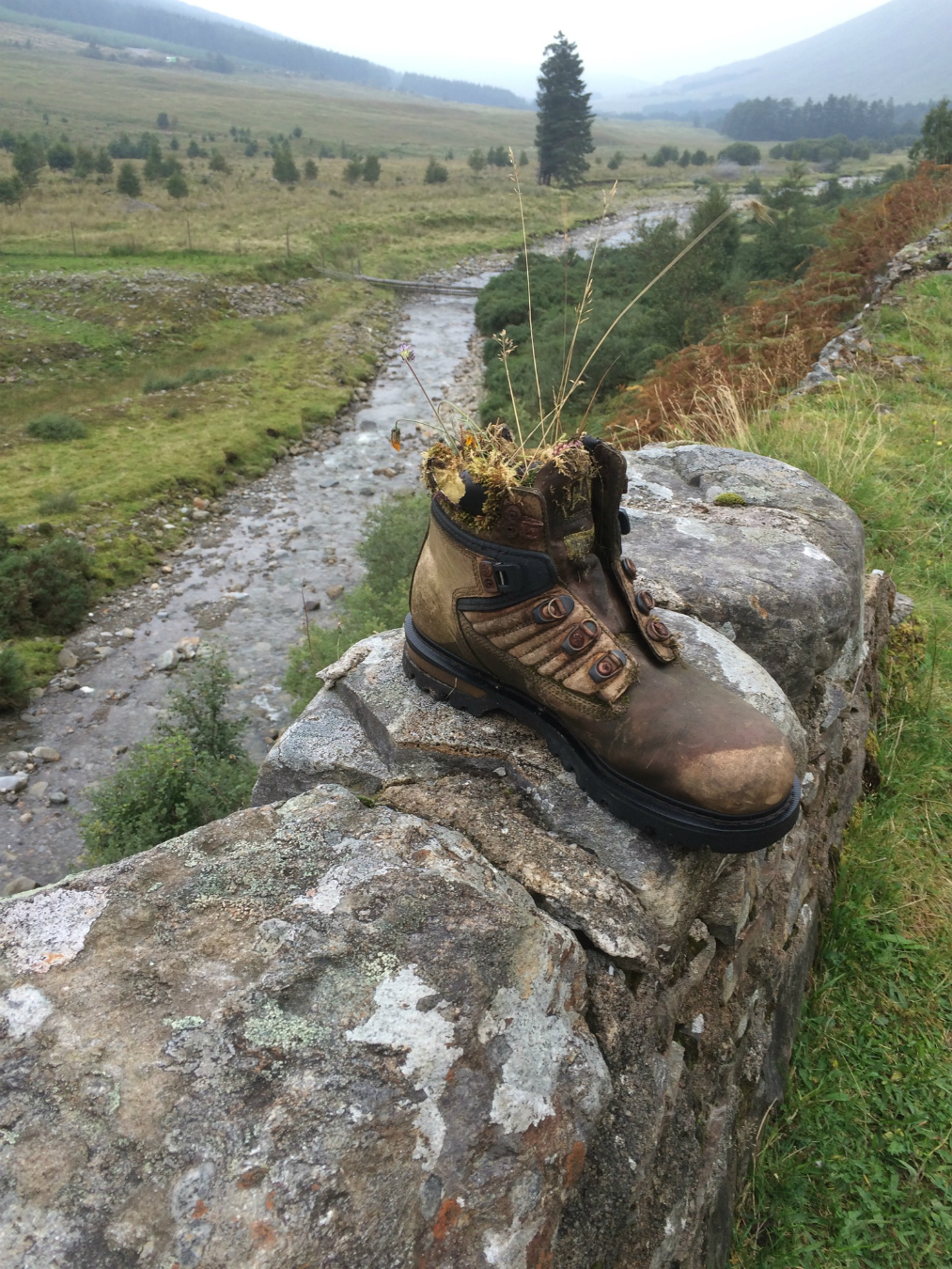Along the 154-kilometre West Highland Way in Scotland, hikers walk next to pastures with grazing sheep, goats, cows, and even miniature ponies; through forests; next to lochs; and over hills and moors. The journey takes walkers through some of the nation’s most beautiful countryside and gives them a sprinkling of history, a dollop or two of wildlife, and a real taste of life in rural Scotland. The flora changes almost daily, and deer sightings are likely.
Most follow the route from south to north, beginning in the flats of Milngavie, a suburb of Glasgow. About a week later, the Way ends at a statue of a hiker nursing his bootless foot in the Highlands town of Fort William near Glen Nevis, the United Kingdom’s highest mountain.
Participants may feel like they are on location for the filming of Outlander. The trail passes a cave supposedly used by Rob Roy, goes beside the site of Robert the Bruce’s defeat to England, and winds near the 1692 Glencoe Massacre where MacDonalds were killed by clan Campbell in a Game of Thrones-style betrayal. In the Highlands, walkers spend two days in a vast tract of land owned by the family of Ian Fleming, walking in sight of the road on which Daniel Craig drives James Bond’s Aston Martin DB5 in Skyfall.
There are a few steep sections, including up the Devil’s Staircase and down Conic Hill. With the exception of one segment where scrambling over rocks and tree roots is necessary, the trail is not difficult. However, it is long: hikers need perfectly fitted boots to avoid blisters and bruised toes. Keep in mind, too, that there is no obligation to complete every single kilometre. Barmen and farmers along the way remind limping walkers that “You’re on holiday!” and reassure that a stage or two by taxi is common.
Most hikers take eight or nine days for the entire route, though some do it in six or even five. Walking the Way in about a week means daily distances between 15 and 30 kilometres, with the shorter days on hillier and more demanding routes. Walkers carry only what they’ll need on that day’s hike—a bag transfer service delivers the luggage. Each day ends at an inn, almost all with a pub or restaurant onsite or at least nearby. The best accommodations get booked quickly, so travellers wanting to ensure they always have an ensuite should book at least nine months in advance. Braeside B&B, built in 1860, has perfect Scottish breakfasts, while the Inveroran Hotel serves exceptional dinners. At the end of the Way, the Canadian-Scottish-owned MacLean Guest House is the perfect place to revivify.
The most difficult decision is when to walk the West Highland Way. Thought of as a three-season hike, its most popular month is May. Trips from June to August are drier, but tiny biting midges can be annoying. September is ideal: a lower probability of both rain and midges, and slightly fewer breakfast crowds than during the peak days. Tortoises rather than hares are more likely to finish, not to mention appreciate the scenery and drink a wee dram. After all, every pub has a fine selection of whiskies; Glengoyne, near the start of the Way, offers distillery tours and sampling. Walk hard during the day, indulge in whisky at night—here’s to Scotland.
See more from around the world—visit our Travel section.













